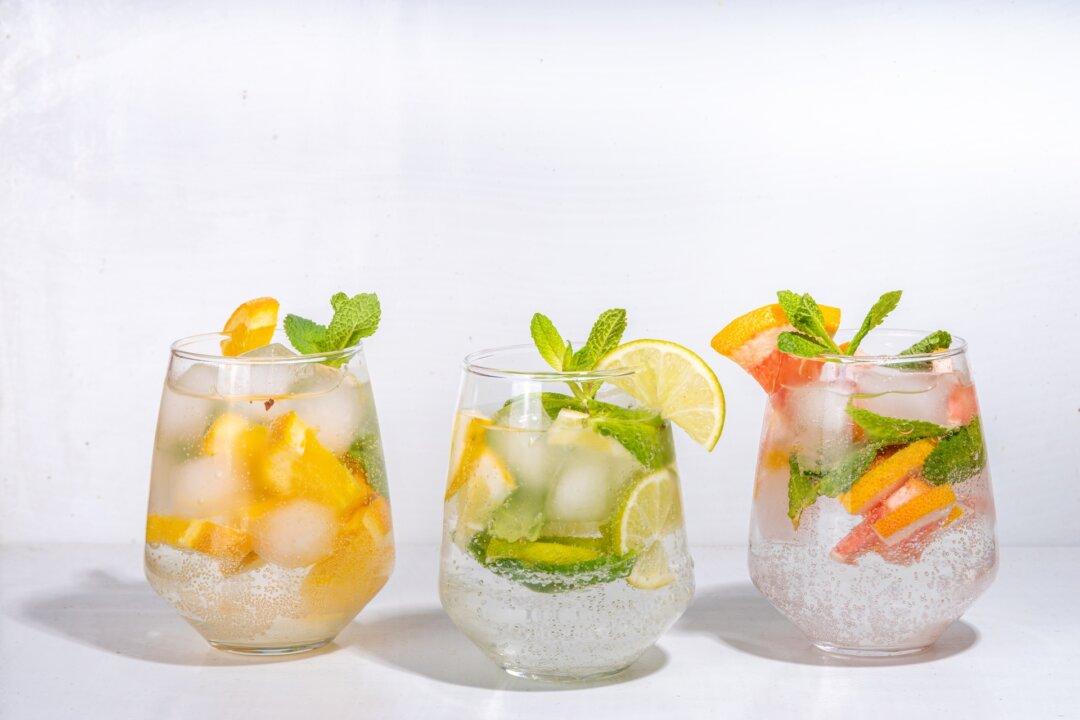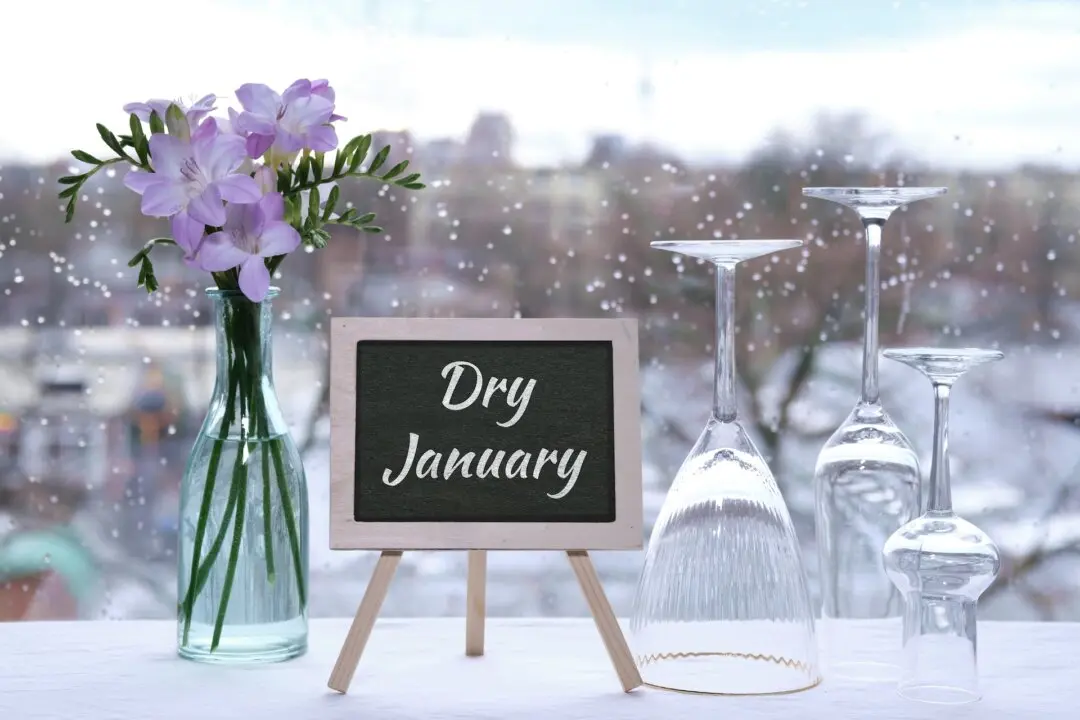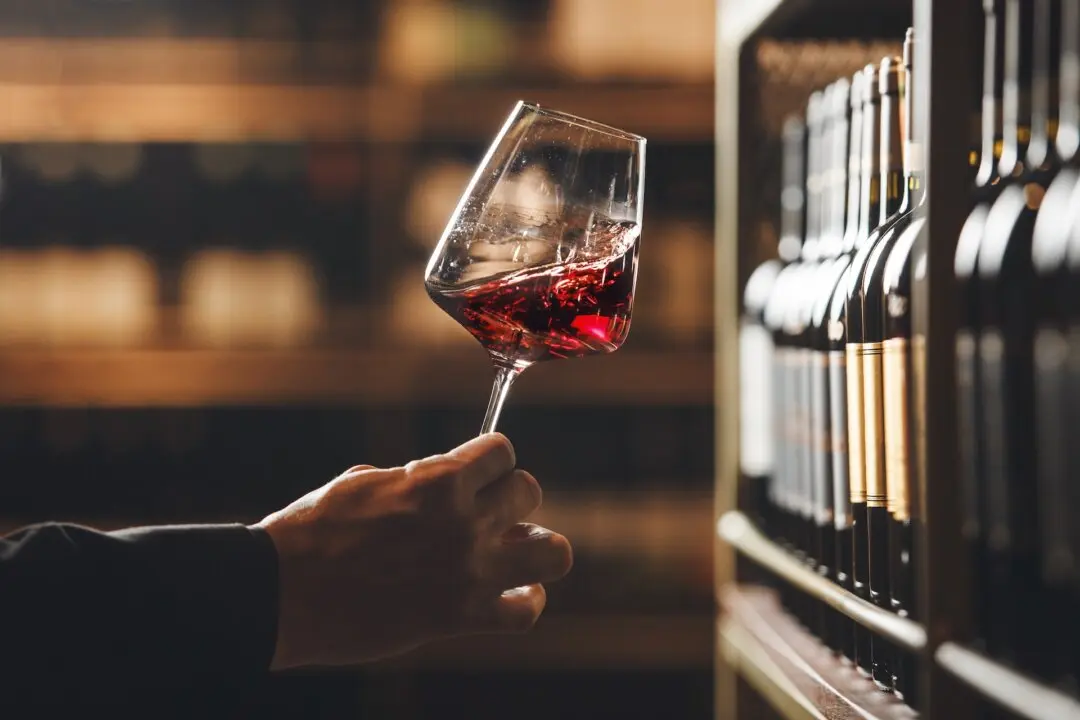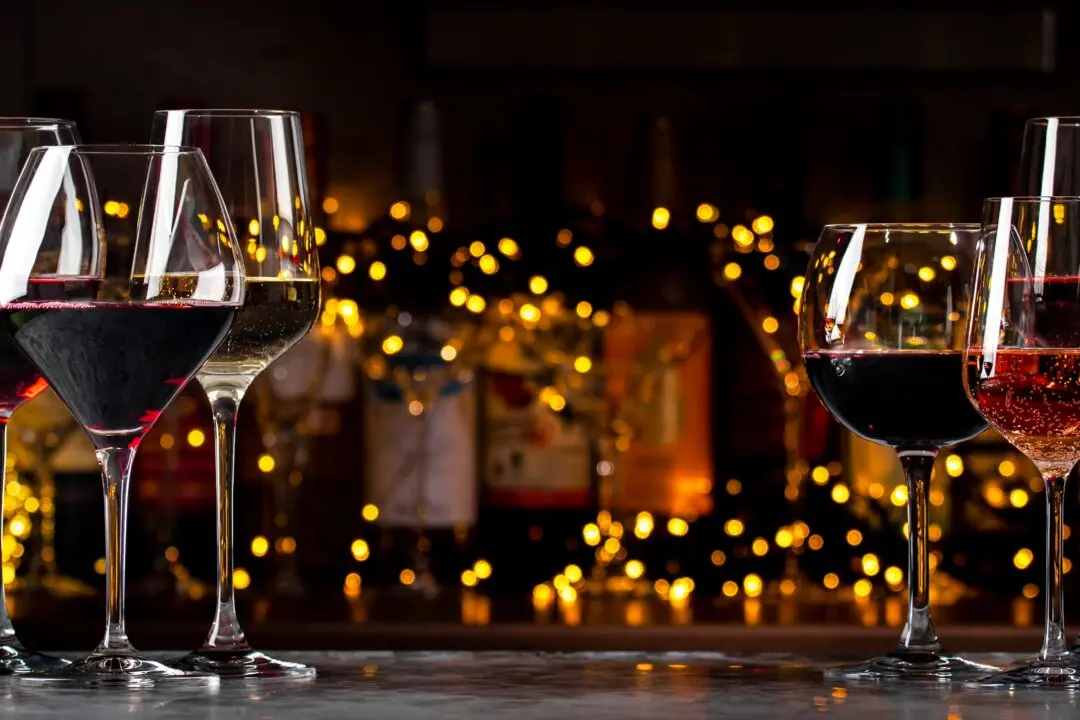Sales of wine and many other alcoholic beverages are declining rapidly in the United States in a repeat of a softness in this industry that occurred exactly 22 years ago.
Downturns in wine sales occur on a cyclical basis in the wine business. They are often accompanied (as in today’s scenario) by a prohibitionist movement in which advocates of abstention spew questionable health warnings.





